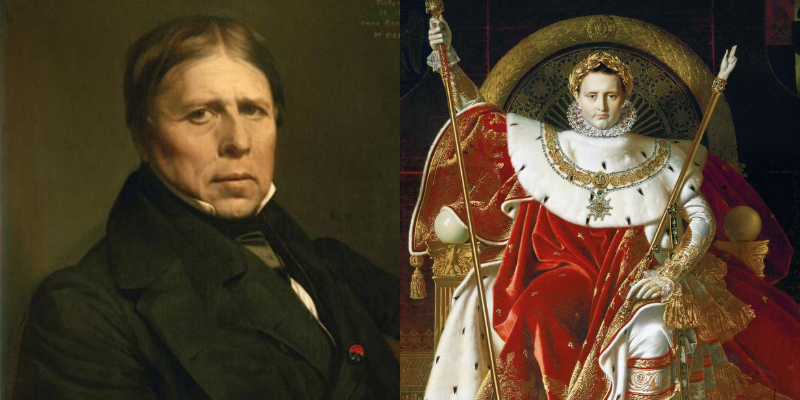29th August 2023. ON THIS DAY.
“Drawing is the probity of art. To draw does not mean simply to reproduce contours; drawing does not consist merely of line: drawing is also expression, the inner form, the plane, modelling. See what remains after that!”
-JAD Ingres
In the 19th-century art world, Jean-Auguste-Dominique Ingres boldly combined conventional technique with experimental sensuality. Ingres, a skilled draughtsman who straddled Neoclassicism and Romanticism, sparked discussions over the relative merits of line and colour in paintings. While ambitious but divisive experiments characterised his early work, he finally became a steadfast supporter of classical painting in the burgeoning Romantic movement.
After receiving instruction from Jacques-Louis David, Ingres immediately made a name for himself as a gifted painter, winning the coveted Prix de Rome on just his second try. Ingres contributed intriguing twists to his figures and narratives while maintaining the classical style associated with David and deviating from his mentor’s moral role models. He extended the abstraction of the human body beyond Neoclassical standards in his quest of elegant contours and symmetrical lines, encouraging contemporary artists to experiment with unorthodox shapes.
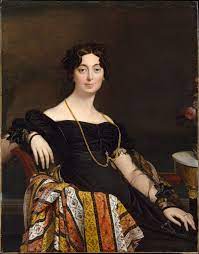
Courtesy: Met
Jean-Auguste-Dominique Ingres Paintings
Ingres firmly established himself as the standard-bearer for tradition during the mid-19th century conflict between the Poussinistes and the Rubenistes—advocates of line vs. colour. He became known as a supporter of classicism because of his affinity for Renaissance ideas and his imitation of Raphael’s aesthetic. By bringing ancient methods into the modern era, Ingres’s artwork served as a bridge to the past.
-
Jean-Auguste-Dominique Ingres Napolean
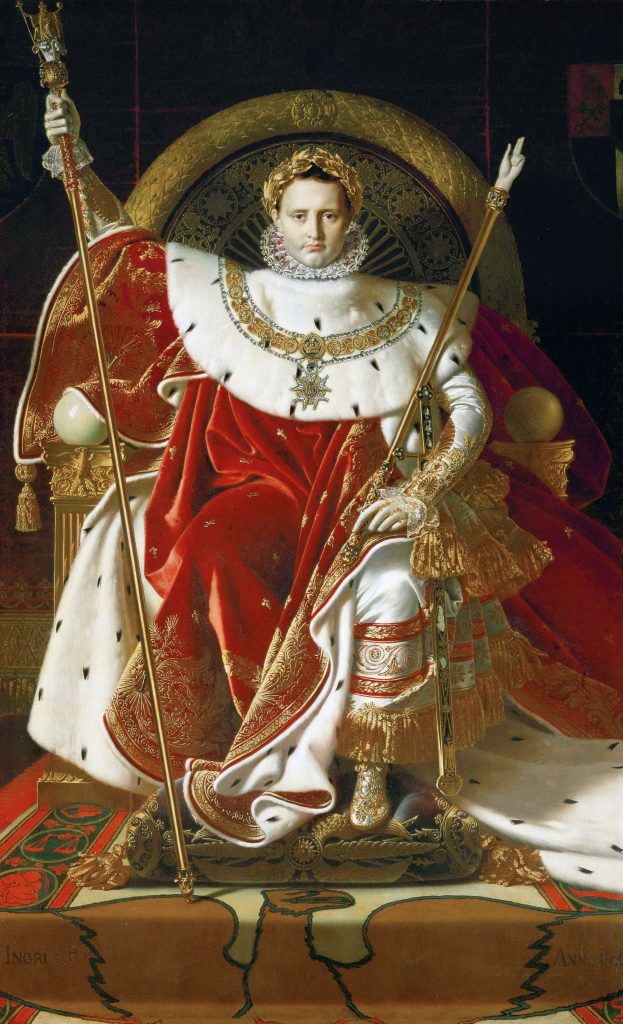
Jean-Auguste-Dominique Ingres Napolean.
Courtesy: Wikimedia Commons
Among his many creations, Ingres’s portrait of Emperor Napoleon I is still regarded as a classic. The picture, which at first drew criticism for its blending of gothic, archaic, and “barbaric” themes, sought to legitimise Napoleon’s power through a convoluted web of symbols. Drawing inspiration from the history of art, Ingres gave Napoleon a look evocative of the “God the Father” panel by Jan van Eyck, highlighting the emperor’s authority by making allusions to the Roman and Holy Roman empires. Ingres pioneered a new approach to Neoclassicism by fusing historical allusions and symbolism, even if the artwork eventually came to be seen as out of date due to the changing tastes of the time.
-
La Grande Odalisque By Jean-Auguste-Dominique Ingres.
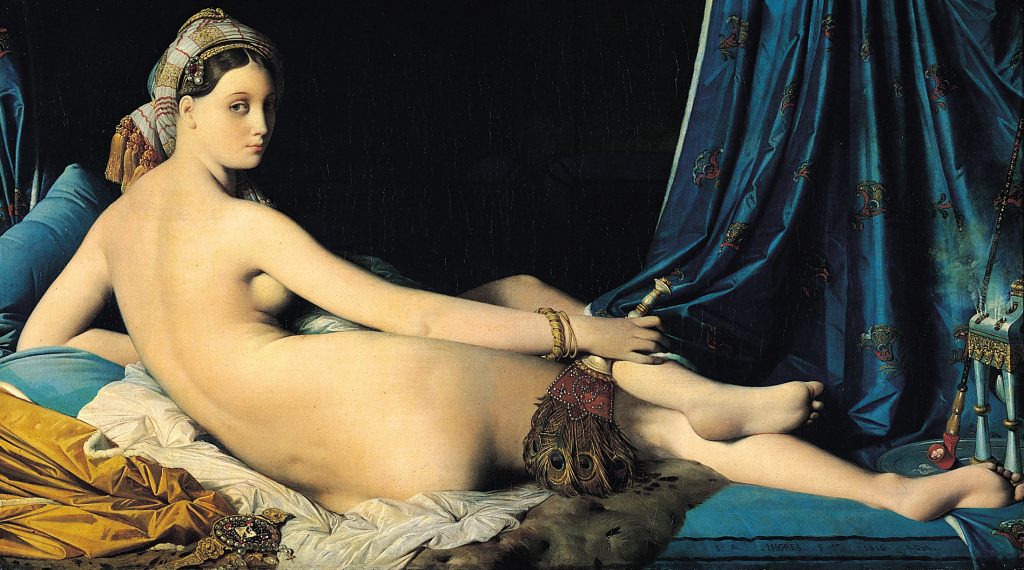
La Grande Odalisque Jean-Auguste-Dominique Ingres.
Courtesy Wikipedia
“La Grande Odalisque” is possibly the finest example of Ingres’ skill at rendering nude depictions. Although Ingres’ depiction was based on the classical tradition of idealised nudes, it deviated from the norm by adding aberrations that both captivated and confused spectators. The subject of the painting, dressed in Orientalist garb, made it possible to contextualise the nudity without offending anyone. This mix of Romantic appeal and Neoclassical grace resisted simple categorization, paving the way for later avant-garde movements.
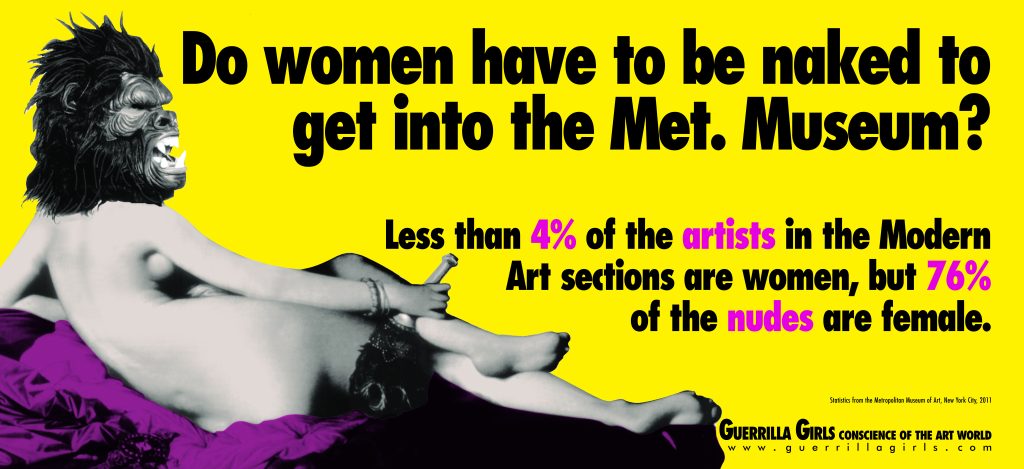
Courtesy: Artnet
However, there are certain issues with Ingres’s work. His “La Grande Odalisque” has provoked debates regarding the masculine gaze and the depiction of women in art. The Guerrilla Girls used this controversial sculpture as a potent weapon to expose gender bias and the underrepresentation of women artists in museums. It became a symbol of critique for the group.
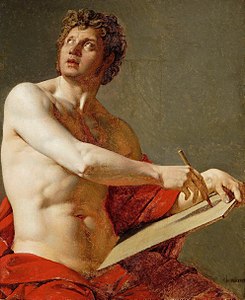
Courtesy: Wikipedia
A look into the changing landscape of 19th-century art is provided through Ingres’ artistic development, which is characterised by a willingness to explore within established conventions. He was a pioneer who bridged the gap between Neoclassicism and Romanticism thanks to his painstaking attention to line and form and desire to experiment with sensuality.
Read Also:

